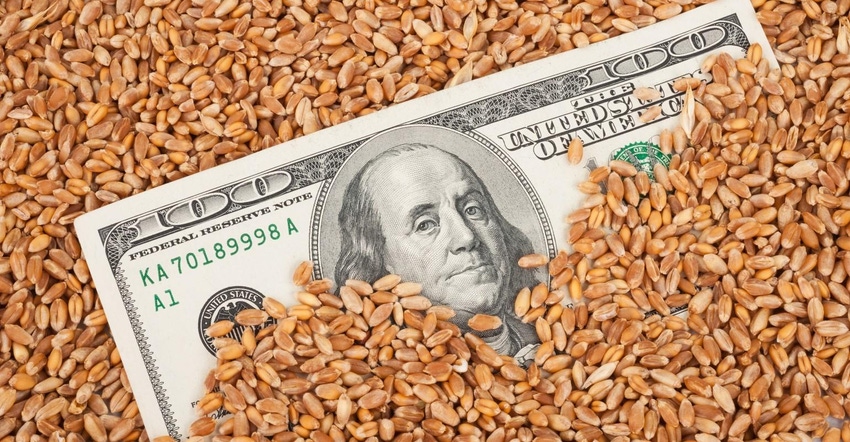
The days are getting shorter and harvest is nearly complete. Now is the time to take stock of this year's financials. Sometimes, this entails examining prior years for trends and deviations from normal performance. Let's examine some of this year's hotspots and priorities within the landscape of price volatility, rising costs, supply and marketing chain challenges, and trade uncertainty.
The good news is that many producers had financial performance on the positive side of the financial ledger, measured by net farm income. Now is the time to dig deeper and determine how profits were generated.
A critical part of your analysis will be the lines pertaining to government payments. First, what percent of net income was derived from government checks? Is this revenue non-recurring or is some recurring over the next few years? Next in the analysis is your business’ position to capitalize on possible green payments that may be emphasized over the next few years.
In your focused analysis of profits, what were the management practices behind the numbers? Were revenues generated by following and executing a marketing and risk management plan? Others may have experienced considerable profit through speculative activities in the commodity markets and by not following a plan. The question becomes, which method will work when costs are inflated next year with uncertain and volatile markets?
One has to zero-in on whether profits were made by outstanding production or a combination of production and operational efficiency. Hidden in the income statement are the enterprises that added to the bottom line or resulted in losses. Determine what were the largest influences on the cost of production.
Another part of the hotspot analysis is to segment out the top five expense items. A candid assessment of inflation's impact on these costs and how it will influence the bottom line during the 2022 and 2023 seasons will be critical.
Finally, how were profits distributed? Did you pay down lines of credit or prepay expenses? Were profits invested into long-term capital expenditures? Examine whether the business can meet debt service obligations in possible lean profit years ahead. This fall’s financial summaries can be useful as a proactive tool in planning and prioritizing business decisions.
Next time we will move to the hotspots on the balance sheet and cash flow.
Source: Dr. David Kohl, which is solely responsible for the information provided and is wholly owned by the source. Informa Business Media and all its subsidiaries are not responsible for any of the content contained in this information asset.
*** David Kohl will be speaking at the Farm Futures Business Summit about grain marketing. The event is set for Jan. 20-21 in Coralville, Iowa. ***
About the Author(s)
You May Also Like






